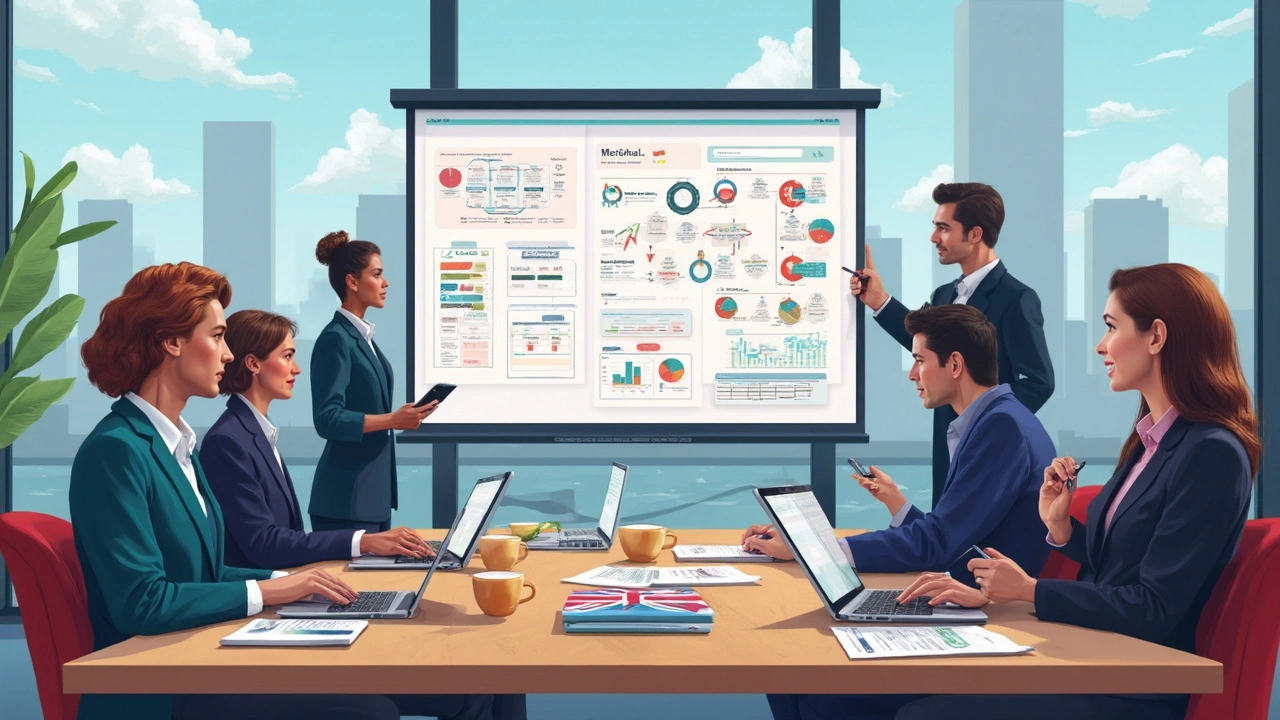TMS Cost Guide: How Much Does a Transportation Management System Really Cost?
If you’ve ever wondered why transportation management software (TMS) prices seem to jump around, you’re not alone. The short answer is that TMS cost depends on a mix of features, users, and how the software is delivered. Knowing the pieces helps you stop guessing and start budgeting.
What Drives TMS Pricing
First, look at the core modules. A basic system that only tracks shipments will cost less than a full‑suite that handles carrier contracts, route optimization, and real‑time analytics. Most vendors charge per‑user or per‑shipment, so a bigger team or higher volume pushes the price up. Cloud‑based TMS usually have a subscription fee, while on‑premise versions need a big upfront license and extra IT support.
Second, consider integration. If you need the TMS to talk to your ERP, WMS, or e‑commerce platform, the vendor may charge setup fees or custom development costs. Those one‑time charges can be a significant chunk of the total spend, especially for niche integrations.
Third, think about support and upgrades. Some providers bundle updates in the subscription, others charge extra for premium support or annual upgrade bundles. Make sure you know what’s included so you don’t get surprised later.
How to Choose the Right TMS for Your Budget
Start with a clear list of must‑have features. If you only need load‑planning, a lightweight, low‑cost TMS might do the job. Skip the bells and whistles you’ll never use – they just inflate the price.
Next, compare pricing models. Subscription (monthly or yearly) spreads cost over time and often includes support. License‑plus‑maintenance can be cheaper long‑term if you have a stable user base and in‑house IT. Ask for a detailed quote that breaks down per‑user, per‑shipment, and any hidden fees.
Don’t forget ROI. Calculate how much time the TMS will save your team, how many carrier discounts you can capture, and the reduction in manual errors. If the system saves you $10,000 a year and costs $5,000, it’s a win.
Finally, test the waters with a trial or pilot. Most vendors let you run the software with a small group of users. Use that period to verify that the cost aligns with the value you’re getting.Bottom line: TMS cost isn’t a one‑size‑fits‑all number. Break down the price into features, users, integration, and support, then match it against the savings you expect. With a clear picture, you can pick a system that fits both your logistics needs and your budget.
This article breaks down the real costs behind logistics software, so you know exactly what to expect when budgeting for a new solution. Get the inside scoop on pricing models, hidden fees, and real-world price ranges. Learn what affects pricing the most, from features to user counts and integrations. Find out clever ways to keep costs down without sacrificing what you need for your business to run smoothly. If you’re thinking about logistics software, this guide shows where your money really goes.
May, 20 2025
